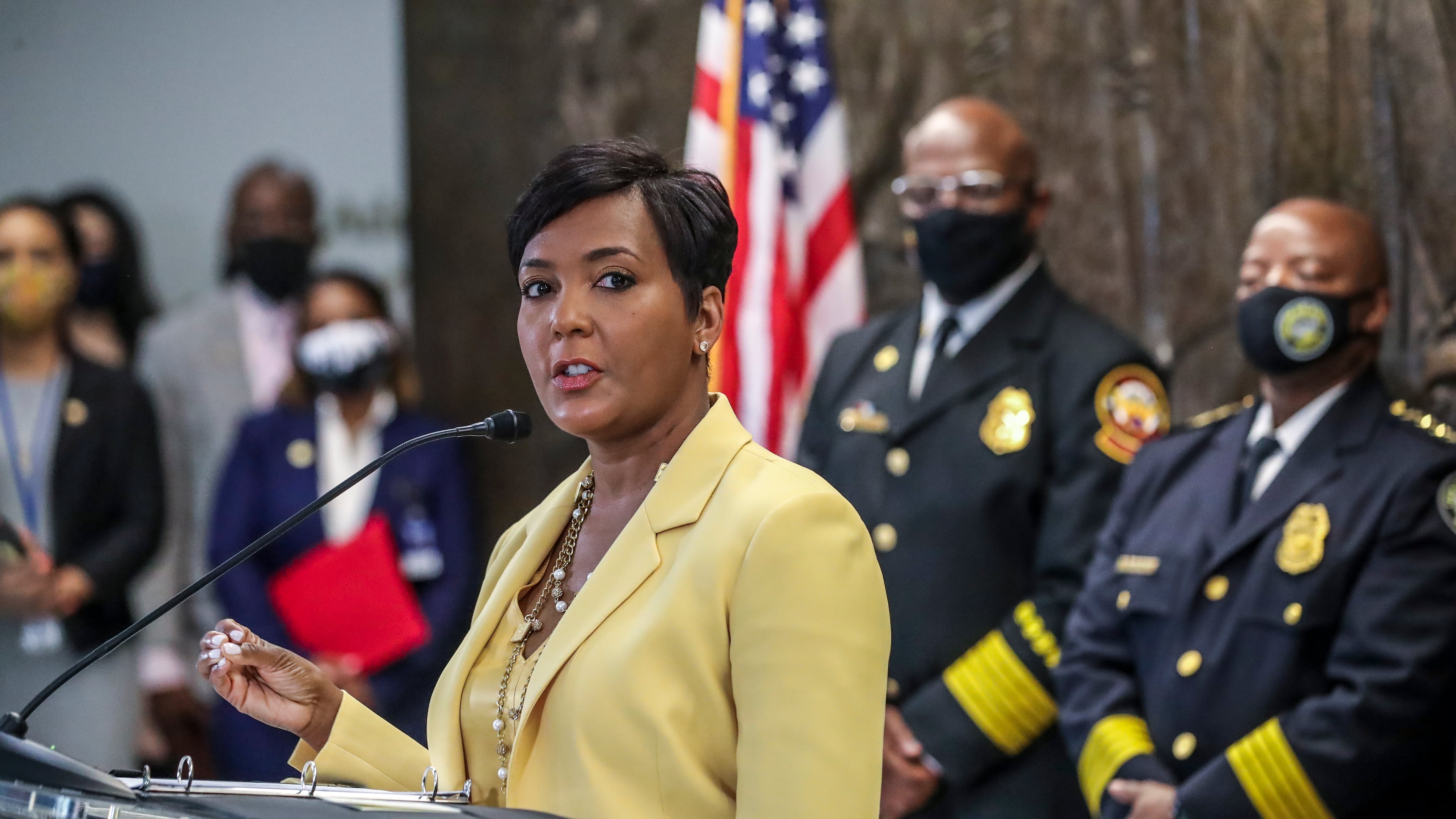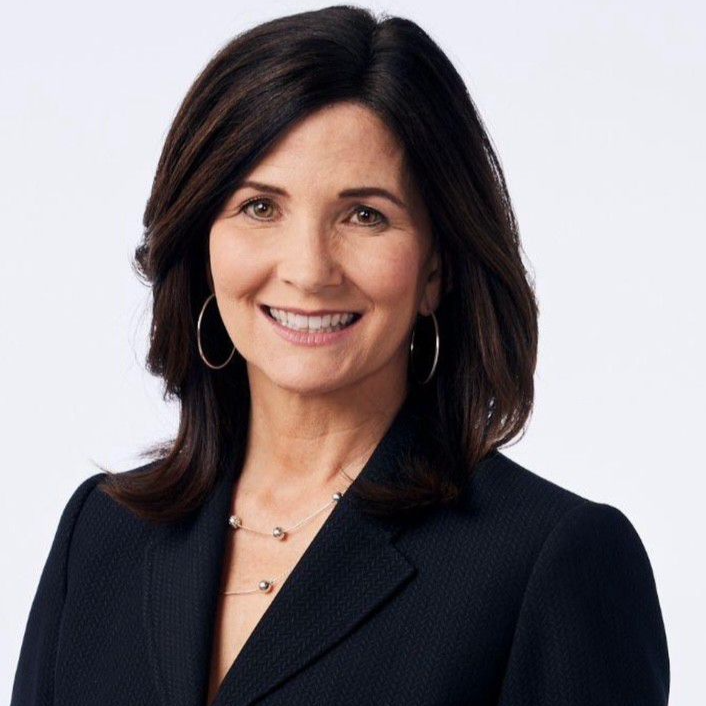Patricia Murphy: Bottoms wants to be governor, but mayor was too much

The last time most Atlantans saw former Mayor Keisha Lance Bottoms, she was on her way out the door. After a grueling three years as mayor, which included COVID, civil unrest, a 60% spike in homicides and a personal lawsuit against her from Gov. Brian Kemp related to pandemic mask mandates, the mayor posted a goodbye letter to the city on Instagram in March 2021. “Dear ATL,” it began.
After a single term as mayor, she was calling it quits, months after a high-dollar fundraiser for her reelection campaign. At a news conference the next day, Bottoms said she was proud of her term, including a consistently balanced budget and achievements on affordable housing and other priorities. But she also said she’d been thinking about not running again almost as soon as she began the job. “I felt it my first year,” she said. “I can’t describe it, but I wasn’t sure I would run again.”
She had other things to say that day, too, but offered no real explanation about why she had changed her mind about reelection. “Leadership is about gracefully passing the baton,” she said. Also, “I signed up for four years and those four years are almost up. The voters have the right to make a decision and so do I.”
Without more to go on, Bottoms’ choice to give up the high profile job became a national fascination. Why would a rising star in the Democratic Party leave the stage just as Democrats were rising, too? She told New York Magazine it was for her own self-preservation.
“My assessment has not been any different from Simone Biles‘s or Naomi Osaka‘s or Calvin Ridley‘s, any number of other people who said, ‘I’m putting my emotional and mental health first.’” She told Elle magazine female leaders have to “protect their peace,” and that she had no regrets.
After a farewell tour like that, who knew Bottoms would be back just four years later announcing a run for Georgia governor in 2026? The biggest question she’ll have to answer for voters is, “Why?” Why does she want to be governor now when she didn’t want to keep being mayor then? And why is that a good idea?
That last question may be harder to answer than it sounds, because even though an AJC poll that year showed she had a 58% approval rating, the months that followed her announcement were no picnic — not for her and not for the city.
The violent crime that had plagued Atlanta during Bottoms’ first years in office continued to spiral out of control. But this time the mayor was almost entirely out of sight. The situation got so bad the AJC published an urgent editorial in June of that year practically begging the mayor to show up for Atlanta. “Mayor Bottoms, your city still needs you.”
Without Bottoms visible and much of the violence newly concentrated in Buckhead, the “Buckhead City” movement to break the wealthy neighborhood away from Atlanta picked up more steam than it ever had before. If Bottoms didn’t care about Buckhead, the organizers’ thinking went, they would get their own mayor instead.
When Bottoms decided not to run again, her choice to step back really didn’t appear to be all that hard to understand. The stress of the job seemed almost insurmountable, so leaving seemed to be the best thing for her and for Atlanta. When Andre Dickens was sworn in as the next mayor in January, the most noticeable difference between him and Bottoms was how visibly excited he was to do the work.
Dickens reached out to state leaders to repair the relations that had only gone from bad to worse. He opened a new police precinct a half-mile from the Governor’s Mansion. By the next legislative session, the Buckhead City movement was dead for good, killed by the same state leaders Dickens had began courting when he won.
Once Bottoms left office, she served as a top adviser to then-President Joe Biden, complete with an office in the West Wing, and later as a senior adviser to the Biden campaign. She was a voice for the state with the administration when Georgia needed it. She also became a CNN contributor and a sort of online influencer, with a YouTube channel, an online talk show called, “Keisha’s Corner,” and posts about everything from Thanksgiving dinner to hair tutorials.
In the videos, she seems more relaxed and happy than she ever did as mayor. She talks about having the freedom to do what she wants, when she wants after years of being scheduled and in the public eye. It all makes sense for someone who decided to leave politics. What‘s harder to make sense of is why she wants to get back in.
Bottoms’ spokeswoman, Cynthia Davis, said she delivered for Atlanta “from day one through the end of her term,” including by expanding affordable housing, recruiting businesses to Atlanta, supporting small businesses, and providing historic pay raises to police officers and firefighters.
“The facts of her record speak for themselves, even if the critics don’t like them. Mayor Bottoms is focused on what matters to Georgians: creating jobs, lowering costs and expanding access to health care.”
Bottoms now starts the governor’s contest with several built-in advantages. She has very high name ID and a record of raising loads of cash from national Democrats. She’s also getting a jump on the Republican field, which has been slow to form and curiously quiet. But the big task of explaining the “why” of her campaign remains the same.
On the day she launched her campaign for governor, Bottoms told the AJC her choice not to stay on as mayor “was a decision based on that season in my life.”
She also said she’s running now “to fight for Georgians,” particularly with President Donald Trump back in office for a second term.
But being governor can be just as hard as being mayor, if not harder. Would a Gov. Bottoms stay in the fight if Georgians put her there? Convincing them she’s in it for the long haul will be key, especially if Bottoms really wants her next season to happen in the Governor’s Mansion.
This column has been updated to include a statement from Keisha Lance Bottoms’ spokeswoman.

